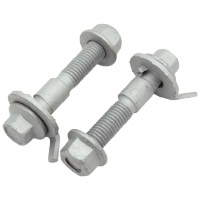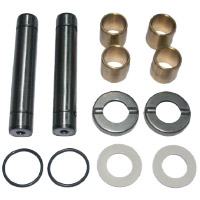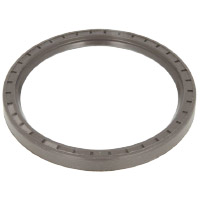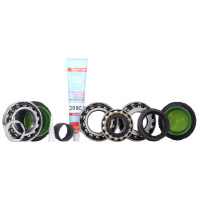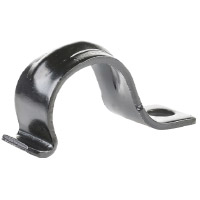Rear and front wheel bearing for my car
Wheel bearing for other makes of cars
Wheel bearing for cars
-
Best pricesBuycarparts.co.uk guarantees high-quality Wheel bearings at very attractive prices.
-
Save on shippingFree shipping within the UK applies to orders over £ 140 and excludes bulky items, tyres, or core parts.
-
Wide choiceWe currently have over 500,000 car parts in our product range.
-
Fast delivery!
Shipping methods
-
Replace a Spare part Wheel bearing – a defective one or if the limit of use has been already reached. Find out useful information about Wheel bearing
Faults of wheel bearing
- destruction of the outer ring;
- overheating or corrosion of the part;
- offset / tilting;
- excessively tight fit;
- occurrence of dents;
- presence of burrs.
Symptoms of wheel bearing failure
- increasing vibration and shock during movement;
- vehicle side pull;
- body roll during sharp turns or braking;
- strange sounds;
- vibration in the steering system;
- excessive heating of the wheel disc;
- increased and uneven tire wear.
Causes of wheel bearing faults
- excessive mechanical load;
- increased or decreased clearance in the bearing;
- deformation of the rings and the friction bodies;
- contamination of the part;
- use of low quality lubricant;
- uneven load vectors;
- operating conditions.
Diagnostics
Diagnosing wheel hubs is recommended at each brake pad change, regardless of the car mileage. There are several options for checking the part. At a speed of 10-15 kilometers per hour take a sharp turn to the left. If at this maneuver strange sound disappears, the problem is in the left wheel hub bearing. And accordingly, vice versa. For a more accurate diagnosis you need a lift or a jack. The car must be mounted, you need to start the engine and accelerate the car at fourth gear to a speed of 80 kilometers per hour. Then depress the clutch, turn off transmission and listen to determine which of the wheels is the source of strange sounds. One more effective method of diagnosis is to shake the mounted car wheel first vertically and then horizontally. Finding even a slight play, you will know that the problem is in the bearing or the steering system. The next step is to ask an assistant to press the brake pedal to the maximum, and at the same time swing the wheel vertically. If the gap disappears, you need to replace the bearing.
Repair and replacement of wheel bearing
Repair of bearings is produced extremely rarely. The optimal solution is a replacement. It is carried out every 130 000-190 000 km. In replacement operation, it is important to:
- set the gap at installation of a tapered roller bearing;
- not use sharp objects that may damage the structure;
- setting on axle, work with the driftpin on the inner ring;
- pressing the bearing in the hole, transmit the force through the driftpin to the outer ring.
Helpful tips on operation, causes of faults, troubleshooting, and service intervals
Wheel bearing replacement - instructions, descriptions and repair
Wheel bearings finder for
When properly installed and maintained, these parts can have a service life of up to 200,000 km of mileage. This figure can be significantly reduced due to:
- Differences in loads: the front axle bearings are usually subjected to higher loads, meaning they wear out faster than the rear ones.
- Incorrect size of tyres, wheel rims, shock absorbers, or suspension springs.
- Aggressive driving style.
- Poor quality road surfaces.
- Inappropriate or poor quality lubricant.
- Broken sealing elements, which leads to water and dirt getting in.
Inspect these parts every 20,000–30,000 km. Replace them immediately if any faults are detected.
Signs of wear:
- Unusual sounds coming from the wheels while driving on a rough road, accelerating, or maneuvering.
- Excessive steering free play.
- Steering wheel vibration when driving at high speed or cornering.
Front and rear axle components are checked differently. To test the former, you will need a safe section of road to accelerate and manoeuvre, preferably with no other road users and obstacles. Accelerate the car to 40–60 km/h and turn carefully to the left and the right. A noise coming from the wheel hub area will indicate that the corresponding hub bearing is faulty.
For the latter, raise the car’s rear end. Then, rock each wheel vertically and horizontally and rotate them. Excessive free play and cracking sounds in the hub are caused by a faulty bearing. More detailed checks can be performed by professionals at a garage.
It is better to entrust the replacement of the components to professionals, as the working lifespan of these parts depends directly on their correct installation. It requires specialised equipment and professional skills. Moreover, the components are quite fragile: any careless handling or dirt or sand getting in can damage them.




















































































































